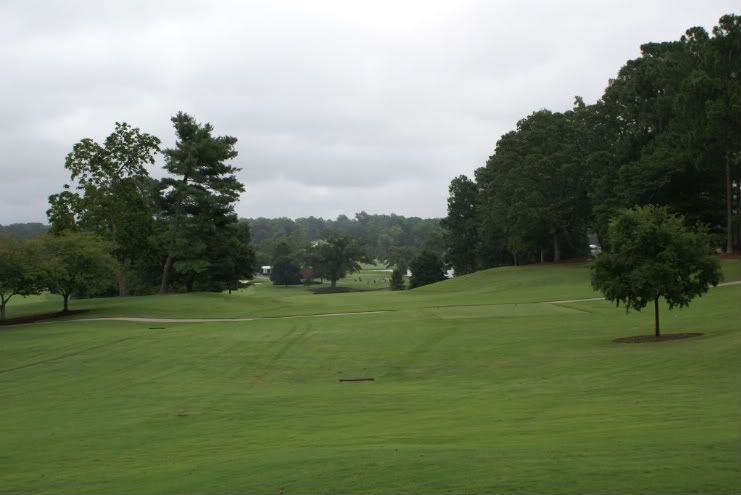Adam…I’ve done a lot of thinking about your comment concerning the use of the word “great”. I agree that it needs to be used appropriately. Along these lines, I have thought about when it is appropriate to call a hole “great”. If we stick with the “feel” aspect that this thread centers on, I could simply say I “felt” they were great and be completely justified. But I think that is too easy and maybe a cop-out answer. So, I dug into Mackenzie’s “Golf Architecture” book and pulled out 16 points that he used to describe an “ideal” golf hole.
Here they are…
1. The hole needs to be difficult.
2. The hole can not have long grass,
3. The hole can not have narrow fairways,
4. The hole can not have small greens.
5. The hole must not have blind greens,
6. The hole must not have blind bunkers,
7. The hole must not have blind approaches.
8. The hole needs to have heroic risk/reward options.
9. The surface of the green needs to be visible.
10. The approach to the green needs to be visible.
11. The turf should be perfect.
12. The approach should have the same consistency as the green.
13. A long and accurate drive should provide an advantage to the player.
14. An accurate short drive should provide an advantage relative to a long but inaccurate drive.
15. The hole should have multiple avenues of approach.
16. The hole should be playable to the high handicapper, but interesting to the low handicapper.
I feel that both #9 on East Lake and #4 on PDGC of WV fit the bill for items 1-4, but item 5 would exclude East Lake’s 9th hole. As here is a photo of what the view from the tee box looks like. You can’t see the green at all.

However if I play the hole with a scratch golfer, or thereabouts, this is one of their favorite holes, perhaps this is due in large part to item #1 on Mackenzie’s list. The hole is difficult. The ideal tee shot would be about 300 yards long with a solid draw to it. This will put you on the flat portion of the fairway with very little trouble or “fear” coming from the water carry. If you don’t do that, you will have a long approach shot from a downhill lie. Not fun for most of us.
However, moving on down the list…
I feel that both holes fulfill the remainder of the Mackenzie’s requirements. Especially, items 8…risk/reward options, 15…multiple avenues of approach, and 16…playable for the high handicapper and interesting for the low handicapper.
So, am I in error calling these holes, great golf holes? If so, why? If you say East Lake’s #9 is not great due to the fact the green can not be seen from the tee, why do low handicappers love it so much?
Anyway if you (or anyone else) have the time to discuss, I would love to listen.
Thanks…and again…great point Adam!